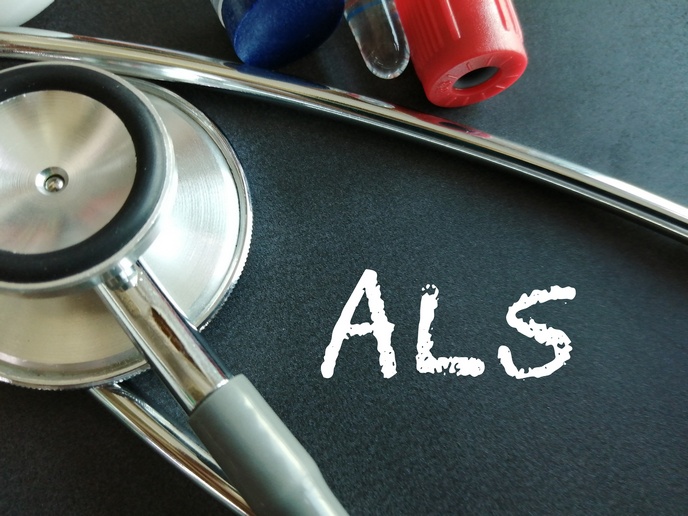Visualisation tools for crop reflections
Based on remote sensing information for crop monitoring this project developed new methodologies for generating biophysical information maps of fields of observed reflectance. These methodologies rely heavily on advanced and generic crop reflectance models that are coupled with crop customisation mechanisms. Eventually, they will lead to the introduction of valuable biophysical information into agronomic and crop simulation models that are expected to greatly benefit European agricultural activities. More specifically, suitable tools have been developed that generate and visualise plant strands of given statistical patterns, such as the Forest Reflectance Model (FRT). The FRT model allows simulation of canopies, where plants are either randomly or regularly positioned and each plant is described by a stem and a crown envelope made of two halves of ellipsoids. Based on a software package (POV-Ray V.3.1) and using an input file generated by the FRT model, the developed visualisation tool precisely describes the plants and lighting in the scene. Furthermore, this project also improved the two-layer canopy reflectance model MCRM2 for simulating row structures of the maize canopy. Since seeding along rows generates a sub-pixel canopy heterogeneity in agriculture, a new canopy reflectance model was developed for describing row structures. Utilising the two-layer crop reflectance model MCRM2 model, they were able to compute the bi-directional reflectance of the canopy. Additionally, they extensively studied the roles of non-homogeneities of vegetation canopies by comparing four crop reflectance models, namely MCRM, MCRM2, FRT and the new improved version of MCRM2. Finally, they developed a graphical user interface for the homogeneous reflectance model MCRM2 that runs under all Unix environments. The so-called XMCRM2 may be used for easily creating input files for MCRM2 and for reliably viewing the results. Inserting model parameters and specifying configuration parameters provides plots of the computed reflectance spectra or the angular distribution of the reflectance, displayed on distinct graph windows.







